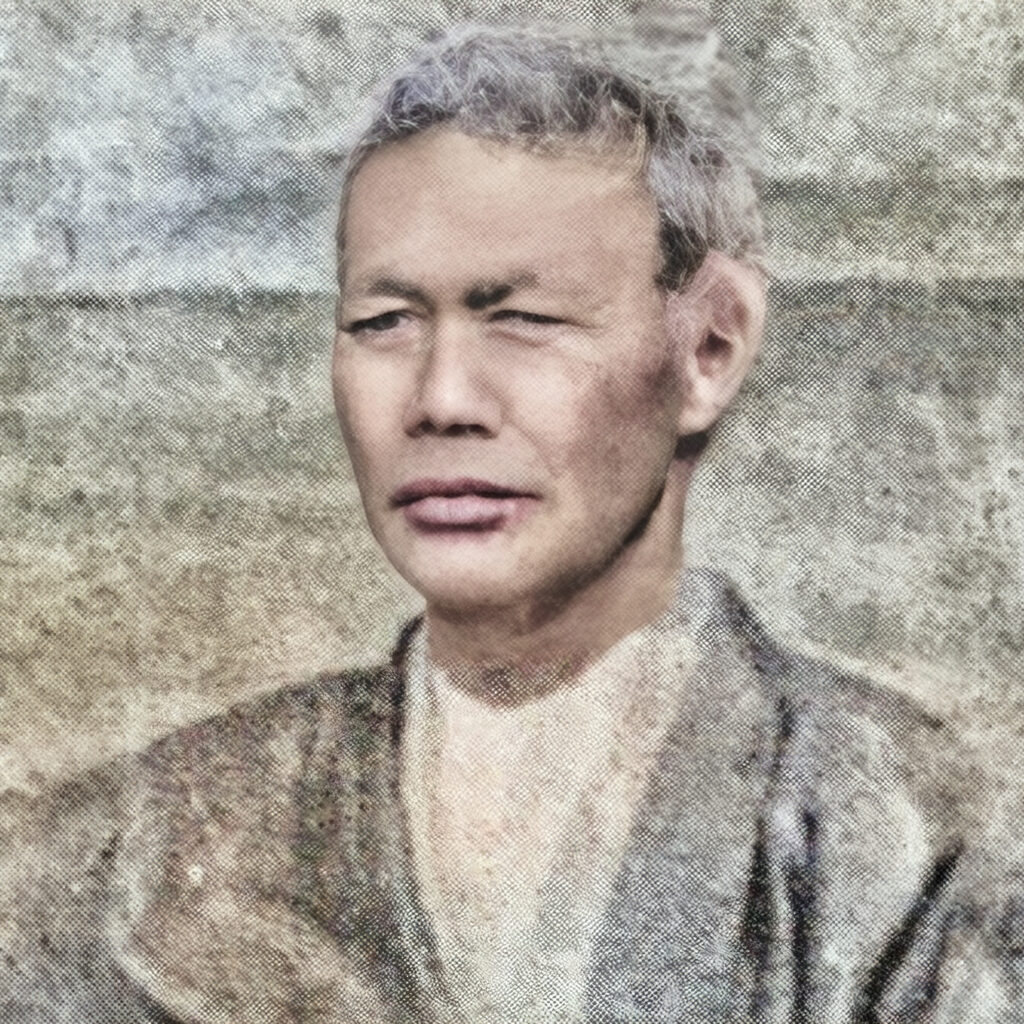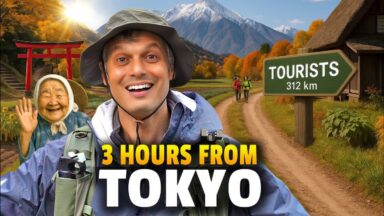Shipwrecked on a deserted volcanic island in the Pacific, a 14 year old fisherman from Kochi, Japan, survives to live a life that helps change the path of modern Japan! The story of Nakahama “John Mung” Manjiro is one of the most unforgettable ones, from his rescue after months on a deserted volcanic island to being the first Japanese to live in the USA. Because of the policy of Sakoku, Japan closed to the world, Manjiro cannot return home to see his mother without being executed for leaving Japan, but like all adventurers, he tries to find a way! The bond between Manjiro and his rescuer, Captain William Whitfield of Fairhaven, MA is inspirations and from this American and Japanese relation starts the relationship between the two governments when Perry’s Expedition of Black Ship Squadron to Edo (now Tokyo) ends Japan’s 220 year isolation. Manjiro’s experiences in America, as a Samurai employed by the Shogun in Edo, shapes the relationship and friendship into the Meiji Era.

Thank you to those who helped me produce this episode:
Whitfield-Manjiro Friendship Society The John Mung Museum
The New Bedford Whaling Museum
Tosashimizu City Tourism Office
Kochi Prefecture
Nakanohama Town
00:00 Start 01:05 Where does Manjiro start? 01:32 John Mung Museum 02:44 Shipwrecked on Torishima 03:49 Rescue by American Whaler 06:12 Arrival in Hawaii 07:52 First Japanese in America 10:12 Manjiro Trail, Fairhaven 11:16 Franklin, Back to the Pacific 12:20 Gold Rush in California 13:29 Leaving San Francisco 14:14 Plan to re-enter Japan via Ryukyu 15:03 Home again! Nakanohama, Kochi 16:14 Manjiro’s Birthplace tour, Nakanohama 17:41 Manjiro’s mother on his death 19:06 Ryugu Shrine on the Pacific 20:27 Back to Kochi Castle as Samurai 21:22 PANIC! Perry’s Black Ship Enters Japan 22:17 Shimoda, First US Trading Port in Japan 23:16 Manjiro comes to Edo (Tokyo) 24:57 First Japanese Embassy in US (Kanrin Maru Story) 25:48 Manjiro Festival, Fairhaven 27:36 The Final Meeting 29:06 Manjiro’s Grave, Zoshigaya Cemetery 29:39 Conclusion: John’s Take / Footnotes






